When you need your brand and message to stand out, LED is the way to go! Many may think that LED is too expensive, has a low ROI (return on investment), and serves more as decoration than anything else. Fortunately, this is an outdated way of thinking. Now, there are LED screens available for all price ranges and needs. They generally consume low power and have proven to be effective in increasing sales, attention, and customer satisfaction!
An LED screen consists of many small diodes that together form an image. Unlike LED technology in laser projectors, traditional TV screens, and monitors, it is the light-emitting diode that creates the image.
Initially, LED walls were black and white and were used to display, for example, large-scale traffic information, simple messages, or sports results. The diodes only needed to be either off (black) or on (white). In a modern LED wall, RGB diodes can reproduce all imaginable colors. Using a processor, the many small diodes display an image. Each diode is then a pixel. This means, theoretically, that the resolution of an LED wall is only limited by its size and the number of pixels it consists of.
The benefits of LED
A Section Subtitle
- High Image Quality: An LED screen delivers sharp and clear images with high color intensity, excellent contrast, and no seams in the picture. With LED, you have the ability to intensify the brightness, which ensures the image quality remains excellent, even in well-lit rooms and in direct sunlight.
- Various Image Formats: With LED, you can achieve bright and detailed images in all formats, customized to the surroundings and environment. LED can also be installed in convex and concave shapes, even around corners, allowing you to create unique visual effects.
- Reliable Operation and 100% Uptime: The screen has no seams, so the operator can scale the image and bring out more details without losing any information. Additionally, broken LED components can be replaced while the screen is in use. This is crucial for organizations in health, security, and much more. They rely on continuous operation and have installed LED on three of the walls in their control room.
- Long Lifespan: LED screens can run continuously, with a lifespan of 150,000 hours, compared to a modern laser projector, which lasts around 20,000 hours. With a projector, the quality gradually deteriorates, whereas this doesn’t happen with an LED wall.
- Lower Power Consumption: An LED screen uses significantly less power than traditional video walls. For example, a video wall with 9 LCD screens, measuring 3.6 x 2 meters, consumes 1850 watts, while a similarly sized LED wall consumes just 315 watts.
- Better Presentations: The advantage of using LED in conference rooms and auditoriums is that you can install a large screen that everyone can see, and the presenter is not blinded by light. Additionally, there’s no need to dim the lighting in the room.
- Customization: LED offers a high degree of personalization and customizability. Not only in size and shape but also in technology and areas of use. No matter what your need is, LED can cover it.

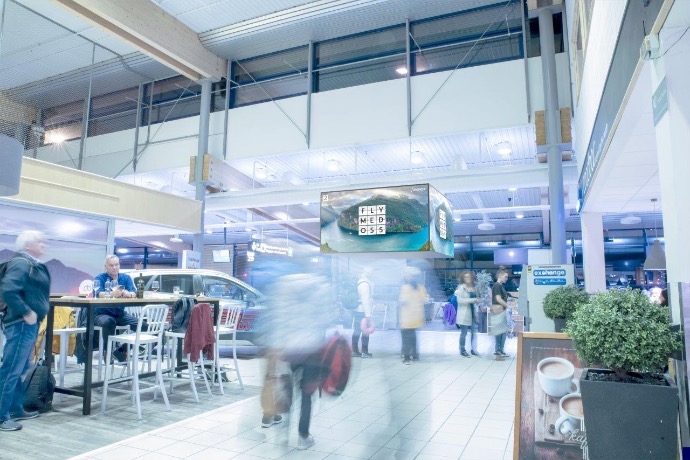
Long-Term Investment
When you want to capture an audience, inform, or highlight your message, the options are vast when choosing between LED screens. It is an investment with longer lifespan than "normal" screens, LED are easier to maintain and service & are more resistant to everyday wear and tear.
In addition, LED screens consume significantly less power than regular screens, meaning you're doing both the planet and your wallet a long-term favor.
An Eye-Catcher
LED walls are used to display bright and high-contrast visuals in a wide variety of locations, both indoors and outdoors. Departure boards at airports, signs along highways, on building facades, in retail environments, offices, as well as on sports and music stages, or even in churches. Many of these environments were previously dominated by printed or painted surfaces. The advantages of LED technology are that you can change the image, making the advertising space interactive and dynamic, while also reducing operational and maintenance costs.
LED has screens have a flexible fit— the wall doesn’t have to be flat, and you can choose between endless sizes, and shapes, and assemble different sizes edge-to-edge without visible seams. LED makes an impressive visual impact through natural and vibrant images.
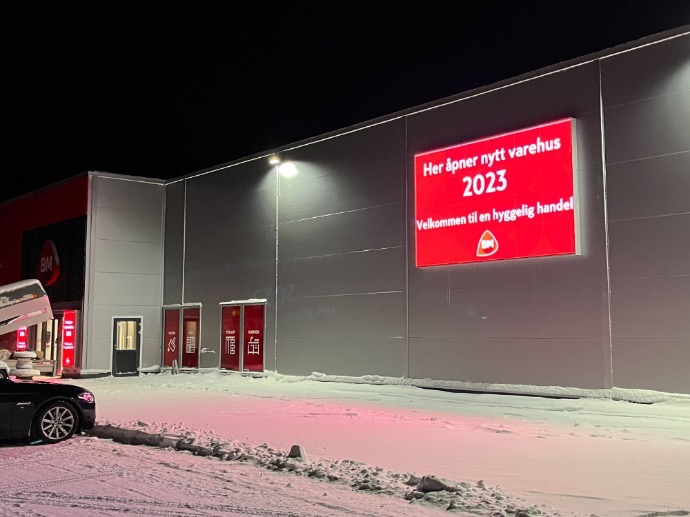
Different types of LED
Not only do LED screens come in different sizes and shapes, but also in varying surface types, how they emit light, and how they are assembled. These small differences can significantly impact factors like lifespan, application, quality, and specific needs. A general rule of thumb is: the greater the distance between the diodes, the farther away you need to stand for the image to appear clear. Most LED screens are built with diodes connected by two wires from the chip to the substrate, which is either made of gold or copper. Gold is used for premium options, while copper is the more affordable alternative. These wires supply power to the diode.
GOB, or "Glue on Board"
GOB-LED simply means that all the diodes on the screen are covered in glue. This offers several advantages:
Durability: It is waterproof, moisture-resistant, shockproof, dustproof, and UV-resistant. The glue also helps to disperse heat from the screen more effectively, which extends its lifespan.
Enhanced Display: The matte surface effect increases color contrast, helps convert point light sources into surface light sources, and expands the viewing angle.
This technology is used in everything from home LED TVs to large commercial screens. GOB-LED is perfect for screens installed at "elbow height," meaning the screen could be hit if someone isn’t paying attention.
Additionally, this technology is much easier to maintain compared to other similar technologies. Not only is it more cost-effective, but it’s also long-lasting. It is highly adaptable and can be used in any environment, regardless of weather conditions.
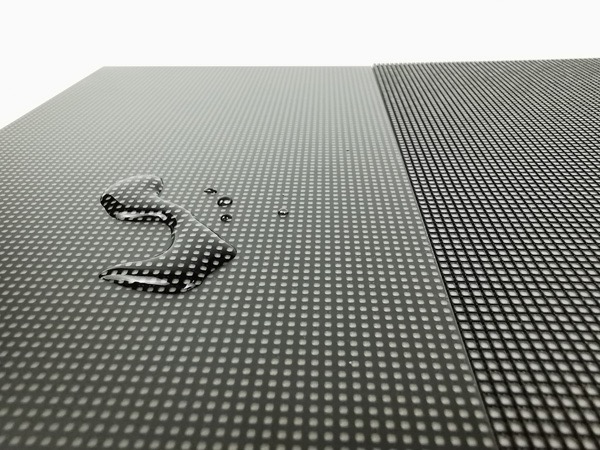
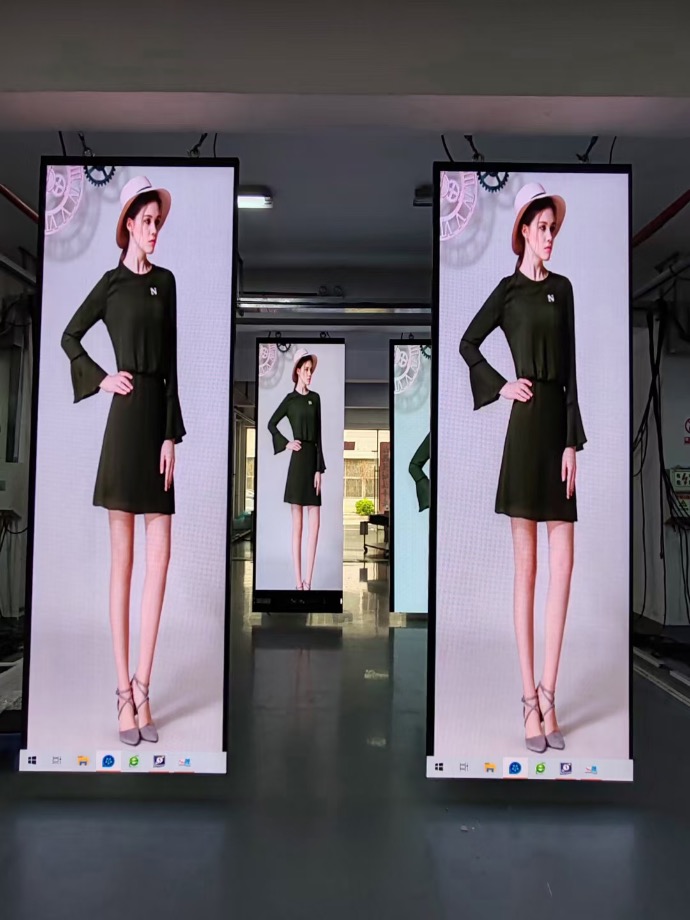
COB, or "Chip on Board"
Chip on Board, also known as COB LED screens, are LEDs formed by multiple tiny chips bonded directly to the substrate, creating a single module. These LEDs are not traditionally packaged and take up less space than conventional LEDs. This technology also reduces the heat generated by the chips, solving the issue of heat dissipation.
Advantages of COB:
- Compact Design: Since the chips are bonded together without additional lenses or packaging, COB LEDs significantly reduce size and save a lot of space.
- Higher Light Efficiency: COB LEDs offer greater light efficiency compared to conventional LEDs.
- Simple Circuitry: Only one circuit is required for operation.
- Reduced Risk of LED Failure: With fewer welding points, the risk of diode failure is minimized.
This makes COB technology a highly efficient and reliable option for various LED applications.
SMD – "Surface Mounted Device"
SMD LED screens use surface-mounted components to create an efficient viewing experience. Since the screens are mounted directly onto circuit boards instead of through holes, SMD LED screens are more space-efficient than conventional LED screens.
This type of LED technology incorporates three colored light beads (red, blue, and green) into a single system. These light beads can be arranged to create images and videos in various patterns. SMD screens can also be customized to suit your needs, as they come in different sizes and colors.
Advantages of SMD LED screens:
- Compact Size: Their small size makes them ideal for use in locations where space may be limited.
- Energy Efficiency: They can be powered by a single power source for extended periods.
- High Resolution: They do not rely on backlighting to emit light, producing high-quality images.
- Long-Lasting Color Compatibility: They retain their original colors for a long time.
This technology is commonly used in scoreboard displays at arenas, as well as for information and advertising. The same technology is used in small electronic devices such as smartphones, calculators, and many TVs.

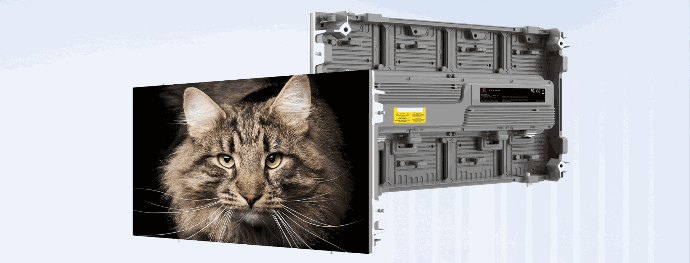
Flip-chip COB LED
Flip-chip LED is a type of LED technology where the LED chip is mounted upside down (flipped). This mounting method differs from traditional LEDs, where the chip is usually mounted facing upward. This orientation extends the lifespan of the LED chips, makes them more durable, and allows them to emit more light. Flip-chip LEDs also eliminate the need for traditional gold or copper wiring, reducing the shadowing effect seen in conventional screens.
Advantages of Flip-chip LED:
- Thermal Management:
Flip-chip LEDs offer better thermal conductivity compared to traditional LEDs. The heat generated by the LED chip is directly transferred to the substrate, reducing heat buildup.
Improved heat management increases the efficiency and lifespan of the LED. - Optical Performance:
Since flip-chip LEDs don't have wires that block light (as seen in traditional wire-bonded LEDs), they achieve higher light output and better optical performance.
The light output is more uniform and directional. - Electrical Properties:
Flip-chip LEDs can handle higher current levels and operate at higher power without losing efficiency.
They also have lower electrical resistance, contributing to greater efficiency. - Reliability:
Due to their superior thermal management and resistance to mechanical stress, flip-chip LEDs have higher reliability and a longer lifespan.
They are also more resistant to thermal stress, making them suitable for more demanding applications.
Flip-chip technology is used in many advanced LED applications, including high-intensity lighting solutions, display technology, and the automotive industry. It is especially popular in situations where high light intensity and reliability are critical.
The latest technology
LED Mesh is a technology that has taken outdoor signage to a new level.
Among the various types of LED screens used for large installations, LED Mesh stands out with its unique features and advantages. LED Mesh consists of a network of LED lights mounted on a flexible mesh, creating a lightweight and flexible screen.
This technology allows light and air to pass through, reducing wind resistance and making the screen less visible when not in use. With high brightness and transparency, LED Mesh is ideal for architectural facades, large outdoor advertisements, performing arts stages, and sports arenas. These screens can be shaped and adapted to uneven surfaces, offering creative possibilities without compromising structural integrity. In addition to being energy-efficient, they are easy to install and maintain, designed to withstand various weather conditions.
Advantages:
- Reduced Wind Load:
Due to its open structure, LED Mesh is less affected by wind, making it safe for outdoor installations on tall buildings or facades. - Aesthetic Appeal:
The transparency gives it a cleaner appearance when the screen is not in use, ideal for buildings where aesthetics are important. - Energy Efficiency:
LED Mesh screens often consume less energy than traditional LED panels because they use fewer diodes. - Flexibility:
The mesh can be shaped and bent as needed, allowing for virtually no restrictions on placement, surface, or shape. - Easy Installation and Maintenance:
Their lightweight and flexible nature make them easier to install and maintain.


Transparent LED technology represents an innovative advancement in display solutions, offering a unique combination of visual performance and architectural integration. Transparent LED screens are designed with a high degree of transparency, allowing them to display vivid, high-resolution images and videos while still permitting light to pass through. This makes them ideal for applications where visibility through the screen is important, such as glass facades, retail storefronts, and interior displays.
Benefits of Transparent LED:
- High Transparency:
Transparent LED screens maintain a high level of transparency, often between 60% and 90%, depending on the model. This feature allows natural light to pass through the screen, making it an excellent choice for glass windows or building facades where visibility is crucial. The transparency creates a subtle, floating effect when content is displayed, enhancing the aesthetics of a space without obstructing the view. - Space-Saving and Lightweight:
Transparent LED displays are lightweight and slim, allowing for easy integration into existing glass surfaces or windows. They don’t require a separate structure or heavy support, making them ideal for buildings where space is at a premium. - Energy Efficiency:
Transparent LEDs typically consume less energy than traditional LED panels due to their minimal structure and lower pixel density. This energy efficiency is especially beneficial for large-scale installations on commercial buildings or retail spaces, reducing operational costs over time. - Creative and Flexible Design:
Transparent LED screens offer a flexible design that can be customized to fit different architectural needs. They can be cut into various shapes and sizes, curved to match the contours of a building, and even installed on uneven surfaces. This makes them ideal for creative and dynamic installations, such as retail displays or innovative building facades. - High Visibility and Brightness:
Despite their transparency, these screens can still produce high levels of brightness, ensuring that the displayed content is visible even in daylight or brightly lit environments. This makes transparent LED displays ideal for both indoor and outdoor advertising and promotional purposes. - Seamless Integration:
Transparent LED displays can be seamlessly integrated into the design of modern buildings without compromising the building's aesthetic. This is particularly useful for corporate headquarters, retail stores, and exhibition spaces that prioritize a sleek, modern look. - Versatile Application:
Transparent LEDs can be used in a variety of settings, including retail stores, shopping malls, office buildings, airports, and museums. They are perfect for creating engaging digital content while maintaining the integrity of the physical space.
In summary, transparent LED technology offers a modern, aesthetically pleasing, and versatile display solution, combining high-quality visuals with architectural harmony. Its ability to blend into various environments while providing clear and bright digital content makes it an ideal choice for businesses and designers looking to create unique, immersive experiences.
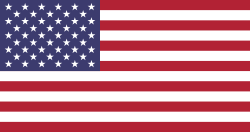
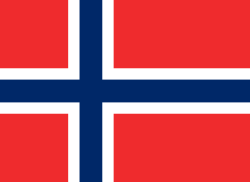
 Check out our LED screen products
Check out our LED screen products